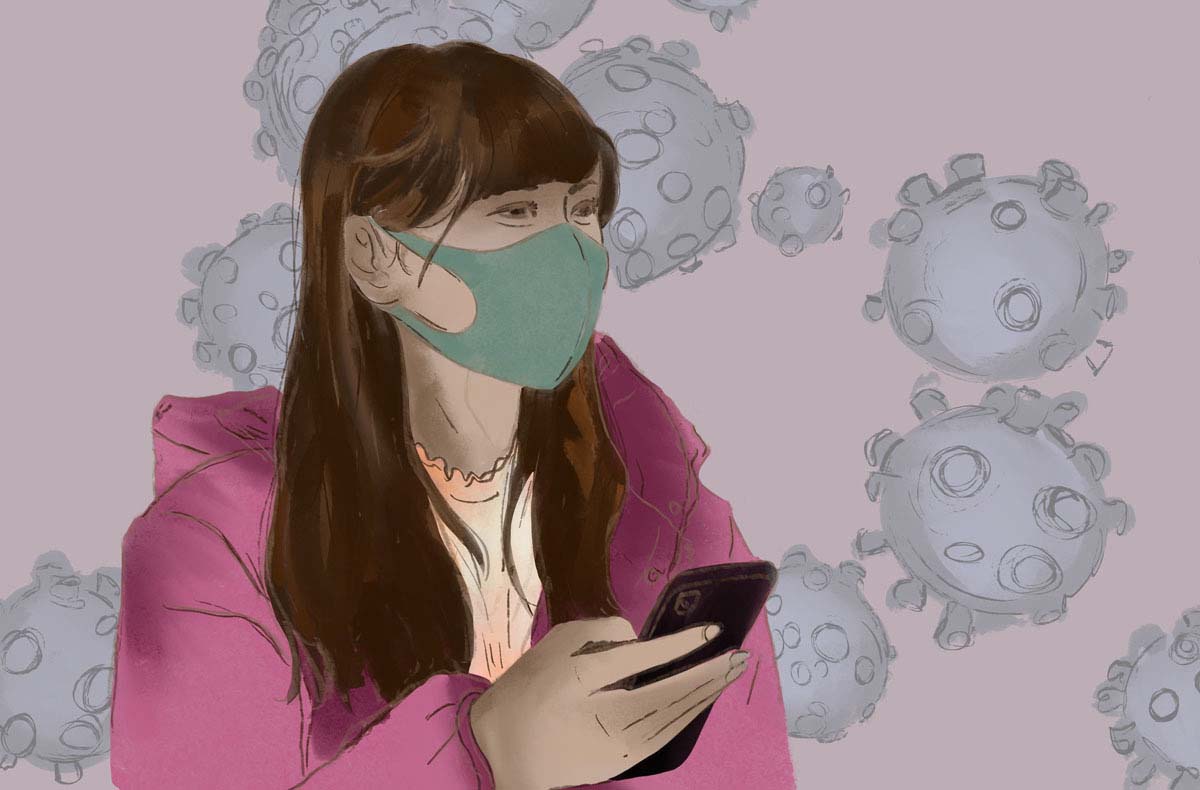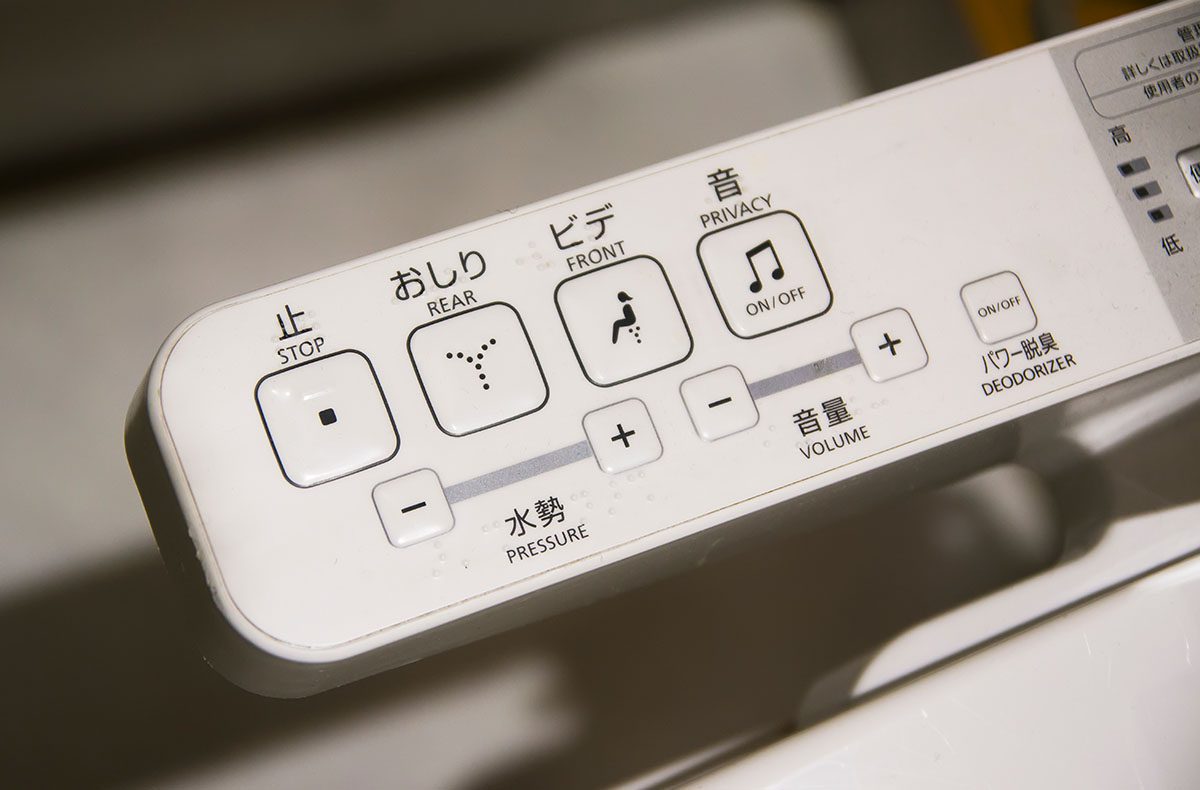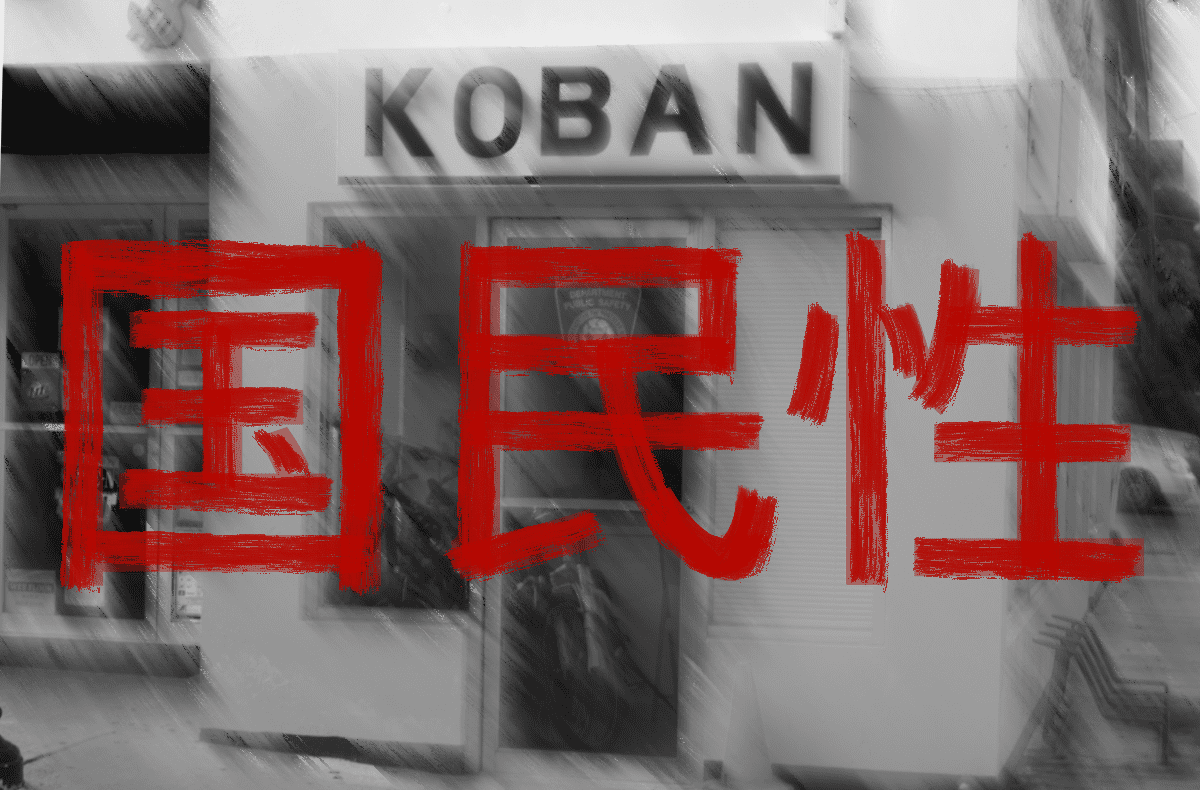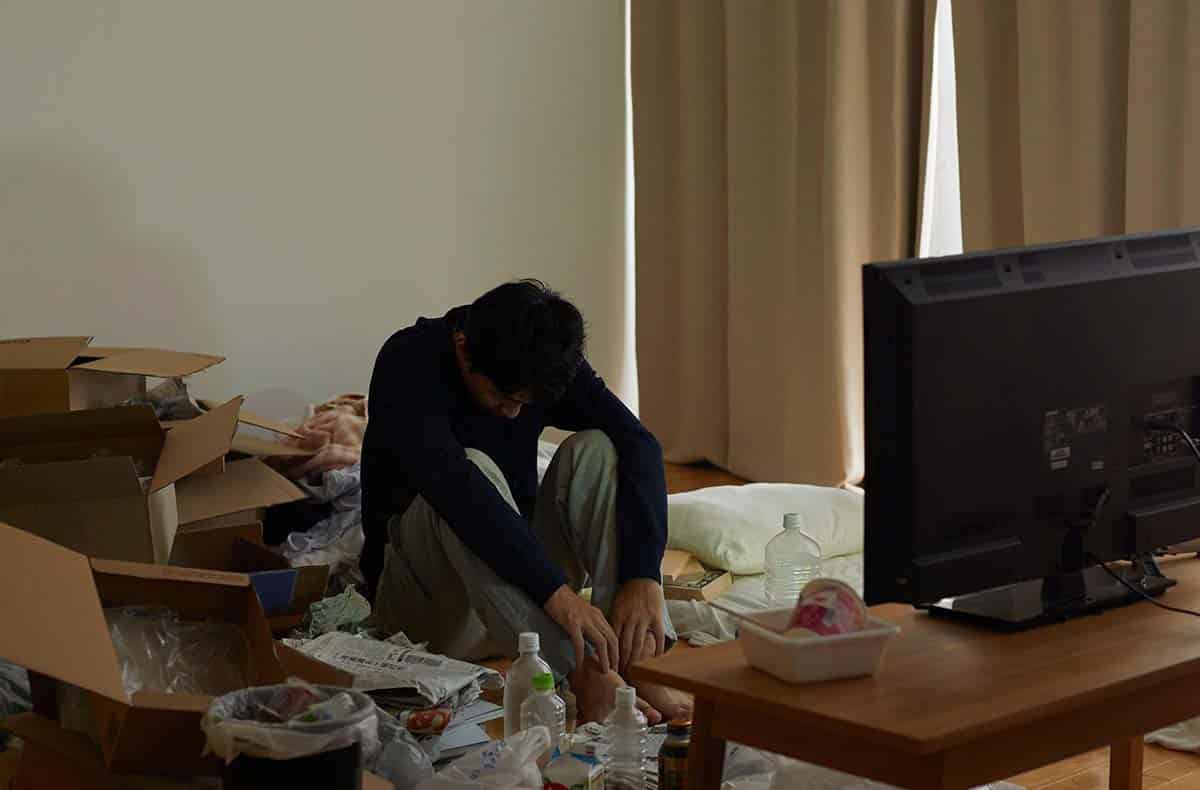
A thought occurred to me as I rode the rush-hour train through Tokyo this morning: aside from my immediate family, I haven’t seen anyone’s face for almost two years. This is not really an exaggeration. As soon as the news of a new coronavirus outbreak in Wuhan, China filtered through to Japan, the Japanese stocked up not only toilet paper like the rest of the world, but also on boxes of surgical face masks. In fact, by late January in 2020, the Japanese government was becoming concerned about mask shortages. By that time, almost every person in the country—from small children to pensioners—was wearing a surgical mask in public.
Unlike in many Western countries, the use of face masks during the COVID-19 pandemic has never been legally mandated in Japan, but before the government even recommended the wearing of face coverings in public, it was considered “joushiki”—or “common sense”—to wear a mask to avoid spreading or catching the virus. In fact, masks were a not unusual sight in Japan even before the emergence of COVID-19. They are often used to protect wearers from pollen allergies or to prevent the spreading or catching of seasonal colds. Indeed, on average, around 600,000 masks are sold monthly during the peak hay fever season. There is also a slight virtue-signaling element to Japan’s mask-wearing habit: a strong culture of presentee-ism encourages workers to put on a face mask and battle on into the office even when sick.
While many of my Western friends in Japan and I are looking forward to the day we can rip off our face masks, many Japanese say they will continue to wear a mask even when the risk from the pandemic has subsided. According to a recent survey of 4,000 people in Tokyo, around 70% of respondents said they would continue to wear masks after the pandemic. For young people under the age of 30, only 16% said they would give up wearing masks. The major reason for this response was not what you might expect. It is not that they are worried about the virus returning, it is because they want to continue hiding their faces.
Young people who started their working careers during the pandemic have never shown their faces to their coworkers, and many are now worried that their “real face” will be a disappointment. When only a person’s eyes are visible, the onlooker’s brain fills in the remaining details, resulting in an image of a face that is likely more attractive than the original. Some young women in particular say they look “twice as attractive” in a mask and have no intention of revealing what they call their “zannen na kao,” or “disappointing face.” This phenomenon has led to the coining of terms like “masuku bijin“ or “masked beauty” (the implication being they are only a beauty with the mask on), and “kao pantsu” (“face pants”)—likening forgetting to wear a mask to going outside without one’s underwear on.
This way of thinking stems not from simple vanity, but from anxiety. One 20-year-old woman interviewed during that survey insists that she will never give up wearing a mask because she is no longer brave enough to show her real face in public. Overhearing a group of men express disappointment at seeing her face when she removed her mask to eat at a restaurant, she became depressed. She says she would rather wear a mask than subject her real face to public scrutiny and open herself up to criticism.
It is not only looks that people want to hide. In another example, a 21-year-old male university student said that his surgical mask acts as a kind of personal shield, protecting him from the stresses of social interaction. The mask allows him to hide his facial expressions and reactions, and discourages people from making unwanted approaches. He claims covering his face makes him feel more secure and allows him to brush off criticism and reproaches from his lecturers more robustly.
Interestingly, this so-called “mask dependency” is not an entirely new problem. The term first started to trend in Japan in late 2008, when a new strain of influenza emerged and people wore masks on commuter trains and in workplaces to stop the spread. Mental health counsellor Puzo Kikumoto said that he first noticed an increase in people unable to function in society without wearing a mask in 2010. To make people more aware of this phenomenon, he published a book about the subject in 2011. In his book, Date Mask Izonsho, he confirms that the majority of people with mask dependency suffer from social anxiety and use a mask as a “psychological barrier.” For some people, a mask is actually a positive tool that gives them the confidence to go outside and interact with people in a way that feels comfortable. The mask covers their nose and mouth and makes their reactions and expressions less readable to others. This allows them to feel less open to criticism and scrutiny. However, mask dependency can obviously be problematic. Although mask wearers are not an uncommon sight in Japanese society, by continuing to wear a mask unnecessarily, these people come to be seen as “weirdos,” “mentally weak,” or “overly sensitive.”
Mental health awareness and provision in Japan certainly lags behind most Western countries. However, Kikumoto explains that in the ten years since he wrote his book, he has seen a change in society’s attitude toward people suffering from poor mental health. Before the recent pandemic, there was a significant drop in the number of mask dependency cases—a fact he attributes to improved understanding of mental health problems. Despite its reemergence as a phenomenon, Kikumoto does not believe that mask dependence is a problem to be cured. He believes that if it allows people with extreme anxiety to participate as members of society, then the benefits outweigh the negatives.



